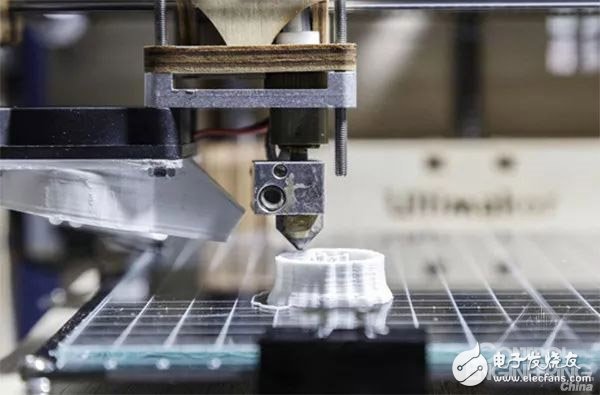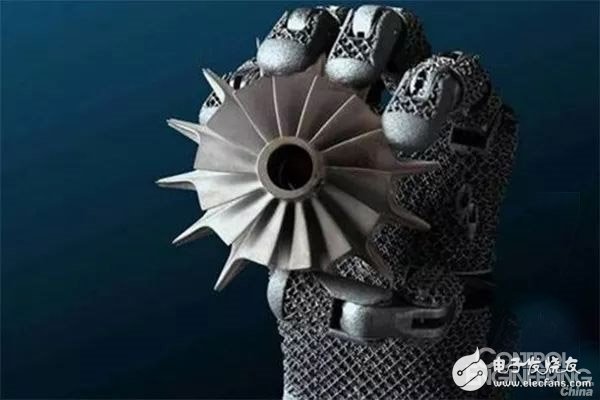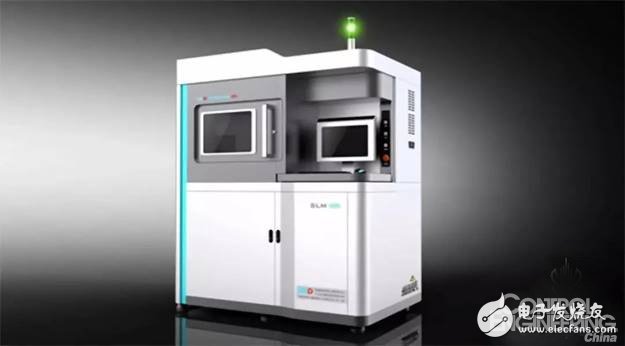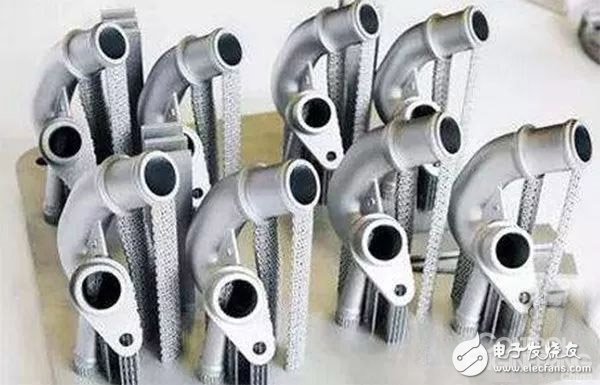As the most innovative cutting-edge technology in the 21st century, 3D printing combines the advantages of mass production and personalized manufacturing, and achieves high-efficiency, low-cost production methods, representing the direction of smart manufacturing in the future. In recent years, with the commercial application of 3D printing technology in the fields of consumer electronics, aerospace, automobile manufacturing, biomedical and personalized consumer goods, the manufacturing efficiency and production precision of the manufacturing industry have been greatly improved. Good results in energy saving.

At present, 3D printing is gradually moving from the experimental stage to the application stage. The market demand for 3D printing is no longer limited to the printing model components. The application of 3D printing to industrial prototypes (Prototype) is currently the closest combination in the industrial production field. One of the application directions. According to Sculpteo's latest 3D printing industry survey report (The State of 3DprinTIng, EdiTIon 2017), the prototype application accounted for 34% of the entire technology application, and the Proof of Concept accounted for 23%. The superposition of the two has exceeded 50% of the entire 3D printing technology application.
3D printing development bottleneck to be broken
Even though the market outlook is optimistic, there is still a short-term insurmountable gap between reality and ideals. In general, 3D printing is still moving slowly, mainly due to the following factors: First, the 3D printing business model is single. If you don't buy equipment, you can't share this technology and cause many users to continue to wait and see. Secondly, there is a serious shortage of talents. The professionals who really understand and even apply 3D printing technology are very scarce. In addition, 3D printing requires less raw materials and higher prices. In addition, the consumer market's understanding of additive manufacturing is still insufficient, coupled with the high cost and maintenance costs of industrial-grade additive manufacturing equipment, which makes SMEs discouraged and requires a longer period of market cultivation. In addition, the material is also an important factor hindering the continuous development of 3D printing. Although there are more than a thousand kinds of materials that can be applied to the field of 3D printing, it is not enough compared with the needs of industrial development. Moreover, the situation that key materials are basically dependent on imports will not be improved, which will have a serious impact on the sustainable development of China's 3D printing industry.

Overall planning, layout, adversity, survival
Any new thing from birth to maturity is a process of breaking into a butterfly, as is 3D printing. If 3D printing is to change from a small-scale application to a mainstream manufacturing method in manufacturing, changing the production methods and molding processes of traditional manufacturing for hundreds of years is not a one-step process. Industry analysts pointed out that the development of emerging technologies such as 3D printing must be considered in a comprehensive manner, from the strategic level of overall planning and layout: first from the design end, optimize the production process, improve the production process, maximize the 3D printing in the manufacturing process The biggest advantage; secondly, starting from the material end, enriching the material types, improving the precision and stability of the printing equipment, and perfecting its functions; third, we must improve the 3D printing talent training system, guide the university to cultivate more applied talents, and serve the industry. Technical application needs. At the same time, enterprises can also choose to cooperate with colleges and universities, vigorously cultivate professional talents that meet the needs of all parties, and solve the dilemma of talents. Fourth, we must build more open service platforms, deepen "3D printing +", promote 3D printing and tradition. The industry is closely integrated to accelerate the standard construction and standardization of the 3D printing industry, laying a solid foundation for the sustainable development of the 3D printing industry. At the same time, the industry should encourage enterprises to strengthen the exchange of technology, service and management experience, and rely on group advantages to promote research and development breakthroughs. Only in this way, 3D printing technology is likely to get out of the last mile of the application market as soon as possible. This requires relevant government departments to introduce relevant support policies, encourage original innovation, and encourage users to integrate with the 3D printing service platform.

Key areas seek "breakthroughs"
The in-depth development of 3D printing should also be extended from "small" and "face", from small-scale applications to the popularization of the entire industry chain. In this development process, we explored areas that are highly compatible with 3D printing, from the shallower to the deeper, experimenting, demonstrating, perfecting, and finally matured, and applied to commercialization.
The foundry industry may be able to take the lead and play the role of “leaderâ€. The survey shows that the size of the foundry market is nearly 1,000 times that of the industrial prototype market. Taking the domestic foundry industry as an example, the data shows that in 2010, the number of foundry enterprises in China was as high as 30,000, ranking first in the world. In 2010, there were only 5,957 large-scale enterprises in China's foundry industry, with an average annual output of 3,506 tons. Among them, precision casting is the sub-sector with the highest level of technology, the most complicated process and the highest profit rate in the foundry industry. A large part of the complex parts of aviation and automobiles are produced by this process. Since each precision casting part must correspond to a wax mold and a shell, it can be integrally formed by 3D printing, eliminating the mold opening and cost, and the current process performance is enough to replace the traditional casting wax. In addition, since the new material does not deform at normal temperature, it has a more obvious advantage in large castings.

The medical field is also a key area that can make 3D printing shine. The small-volume, personalized printing of 3D printing coincides with the individualized treatment plan for patients. Today, the medical sector has captured two-thirds of the 3D printing market. According to the report, the global 3D printing market reached US$279.6 million in 2016 and has a compound annual growth rate (CAGR) of 17.5% over the next 10 years. The latest analysis report of market research company IQ4 also pointed out that by 2022, the global medical 3D printing market will reach 3.89 billion US dollars (about 26 billion yuan). In addition, in addition to assisting medical care and manufacturing some human organs, 3D printing has great potential in providing customized and personalized medical care.
Conclusion: Frontier technology represented by 3D printing is leading the manufacturing and social industry chain into the era of intelligent manufacturing, but this process is destined to be built with exploration and innovation, persistence and belief. People's expectations for 3D printing are not only limited to printing small objects, but opening up the vast market blue ocean is the ultimate goal of 3D printing. Therefore, only by opening the deep “breakthrough†can you activate the unlimited potential of 3D printing and create more economic value and Social value.
M8 Circular Connectors,M8 Industrial Waterproof Connector,M8 Female Base Waterproof Connector,M8 Waterproof Connector
Shenzhen HuaTao Electronic Co., LTD , https://www.htconnector.com